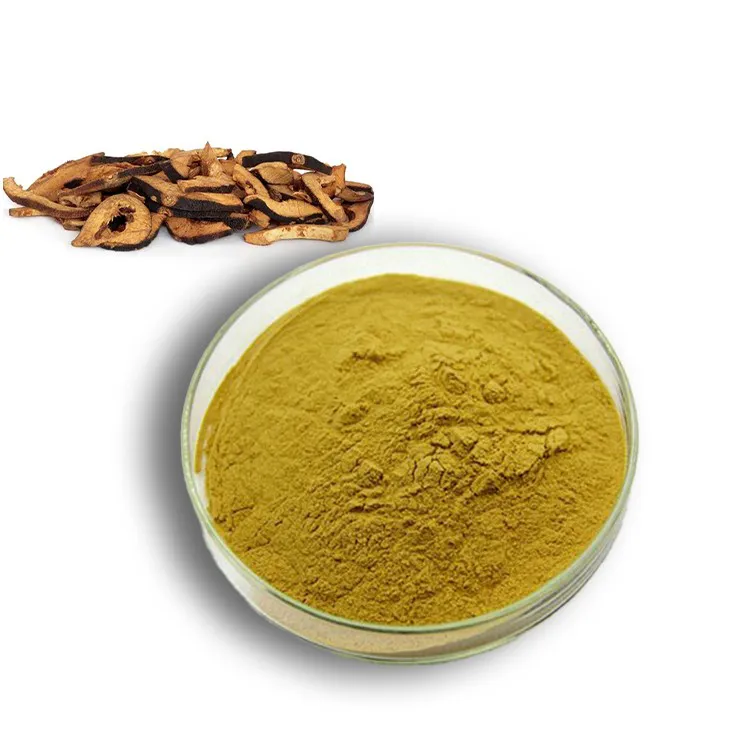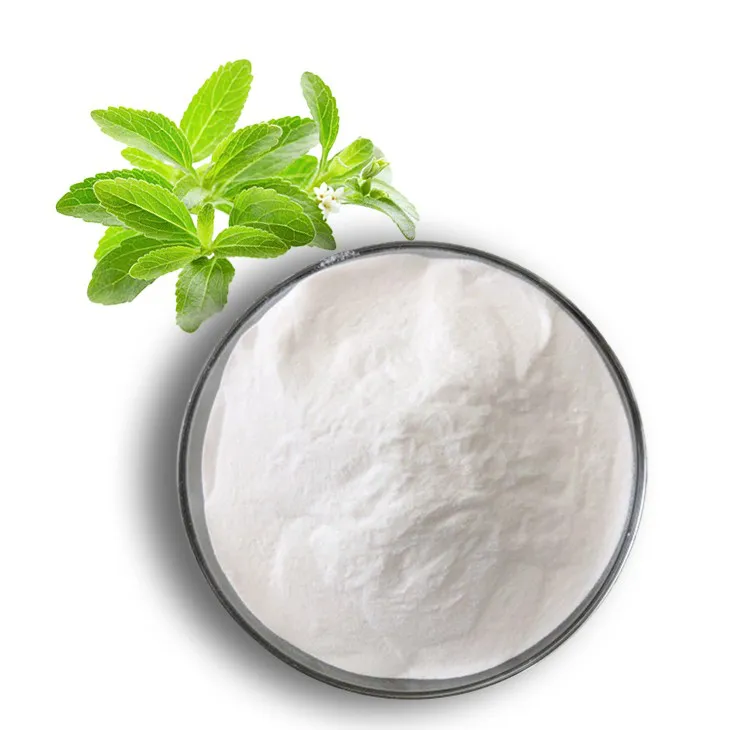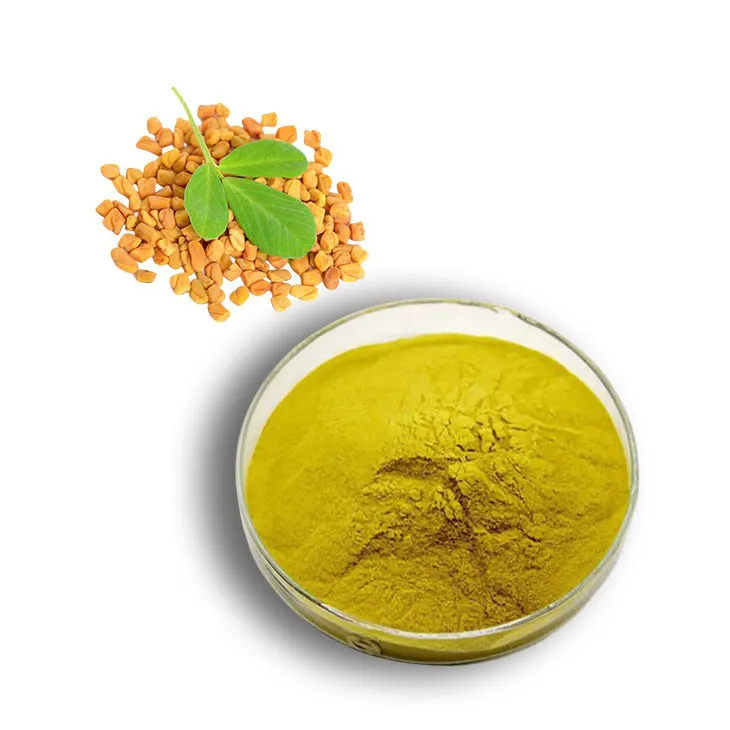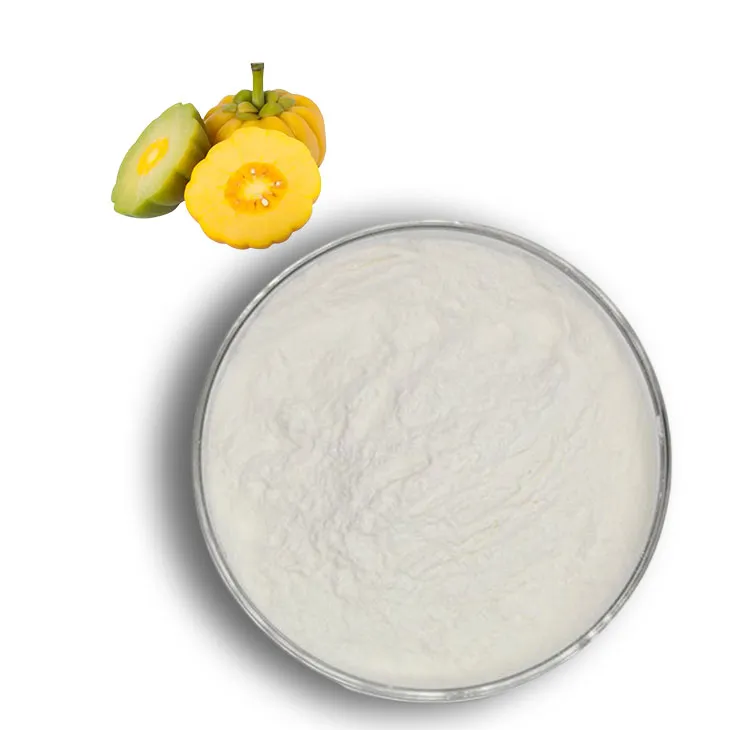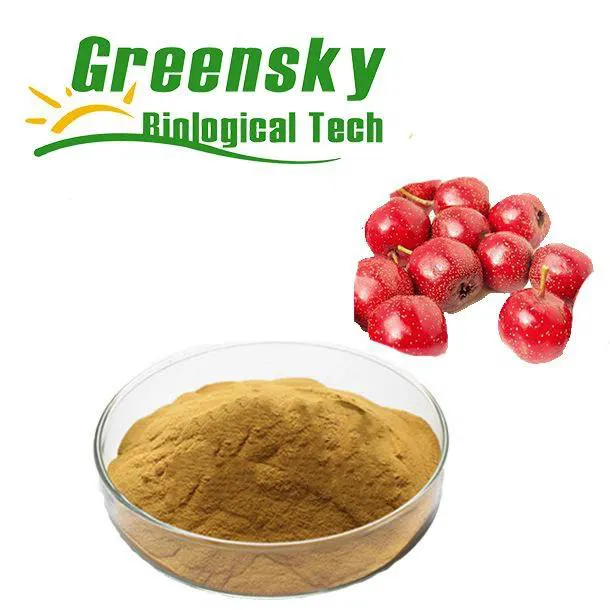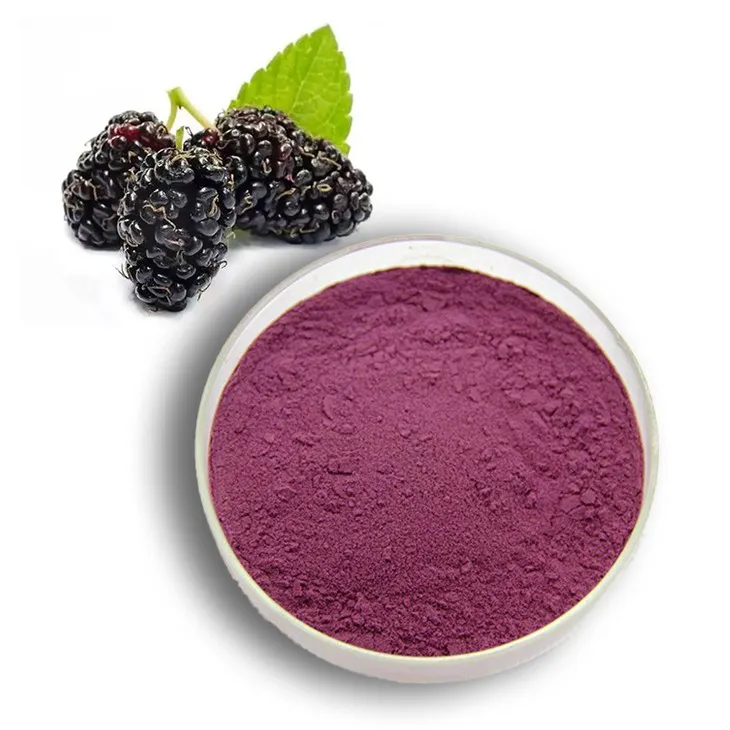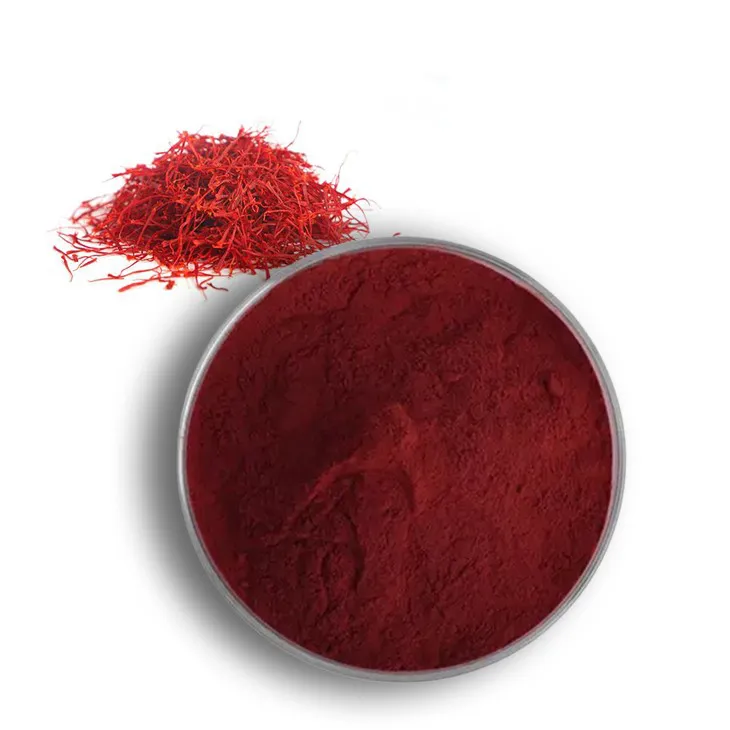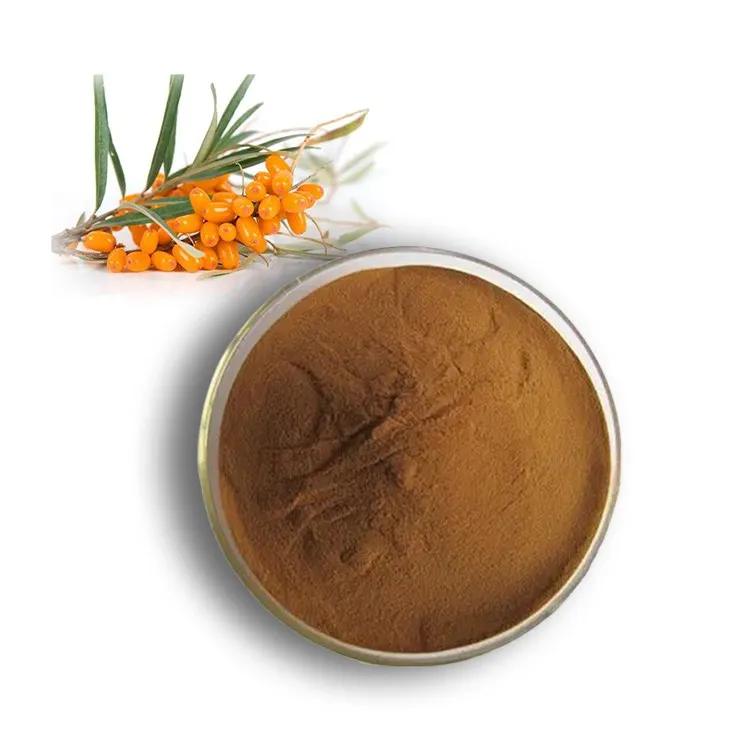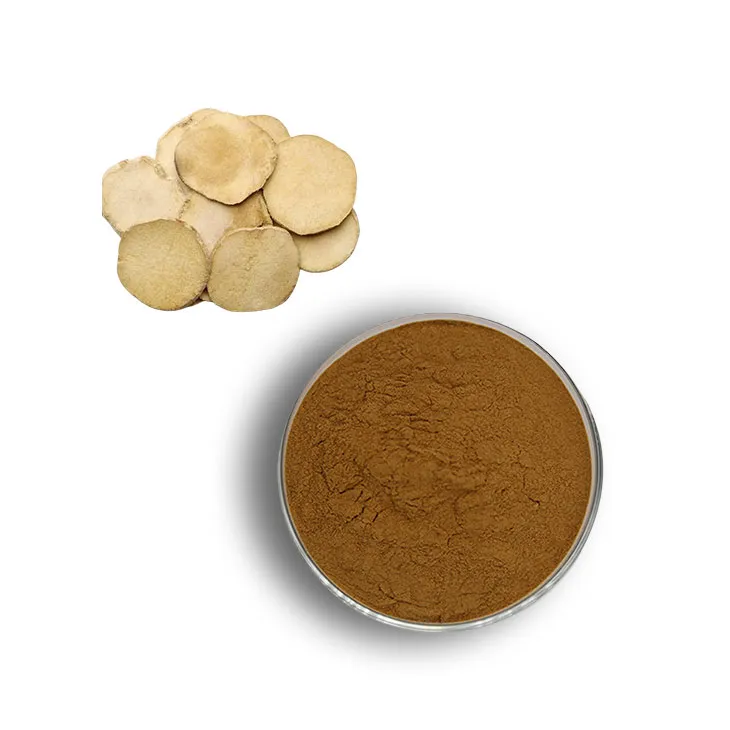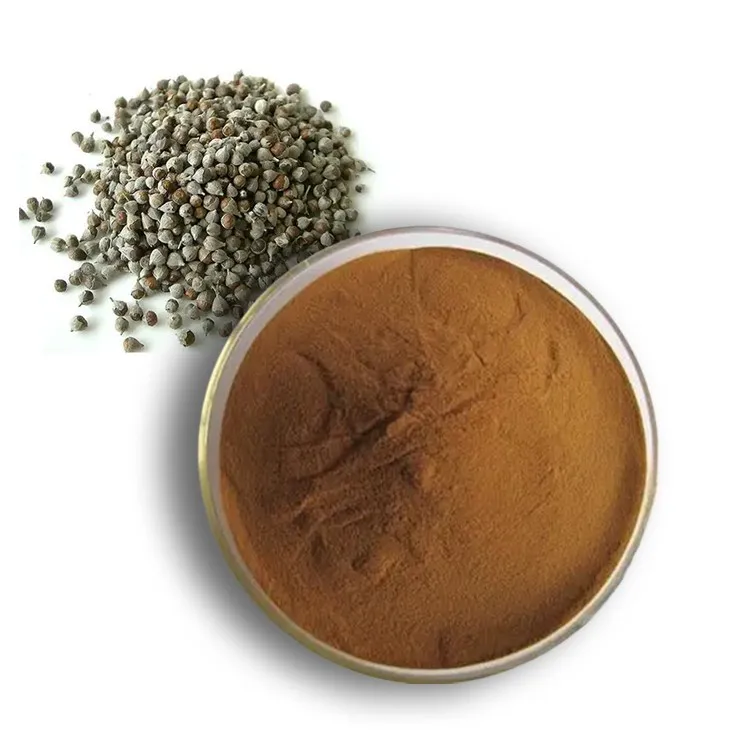- 0086-571-85302990
- sales@greenskybio.com
Shaping the Future: Trends and Innovations in the Tamarind Extract Powder Industry.
2024-12-10
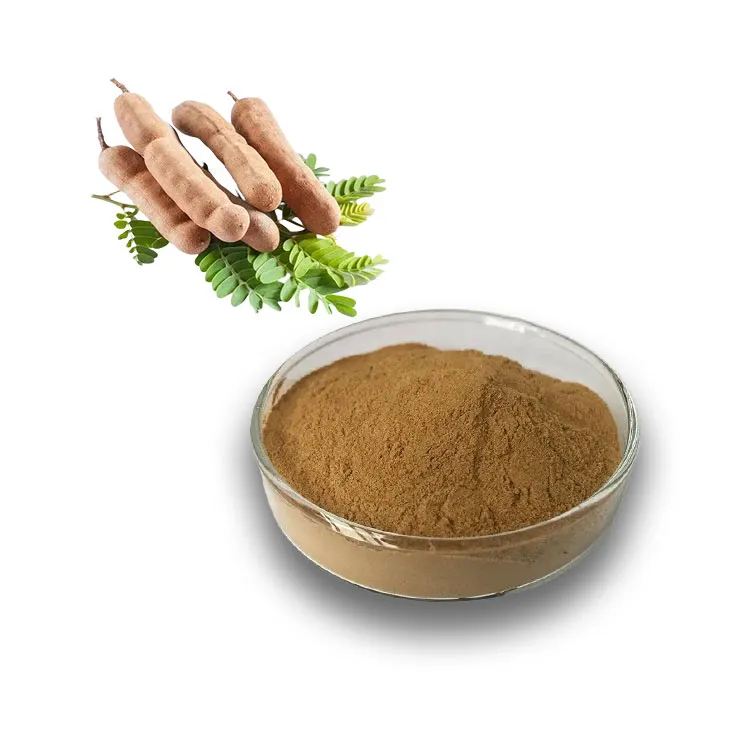
1. Introduction
The Tamarind extract powder industry is currently experiencing a period of dynamic change. Tamarind, a tropical tree native to Africa but now widely cultivated in Asia and other tropical regions, has long been valued for its various uses. The extract powder derived from tamarind is finding increasing applications in multiple industries, driven by emerging trends and continuous innovations. This article will explore these trends and innovations, highlighting the potential of this industry to shape the future.
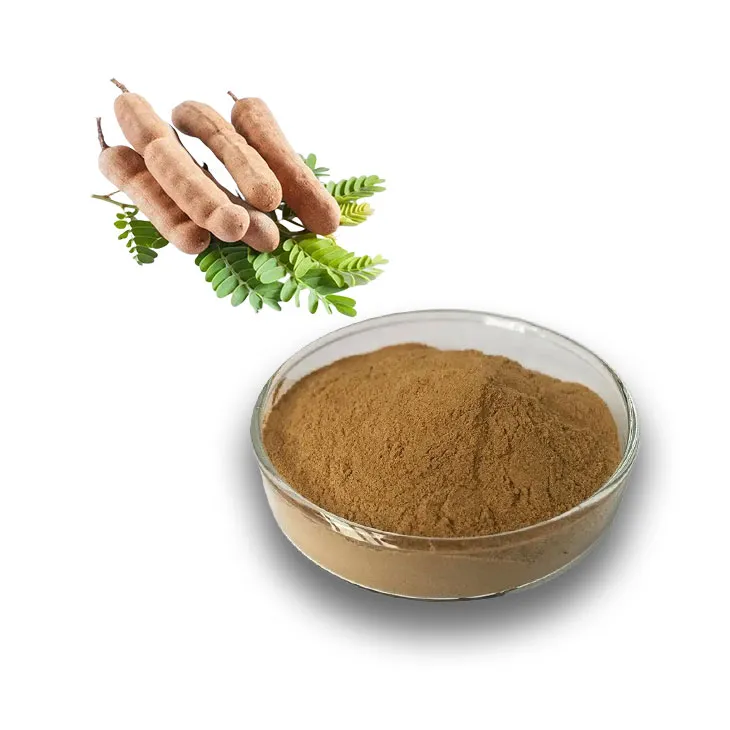
2. Current State of the Tamarind extract powder Industry
Tamarind extract powder is produced through a series of processes that involve harvesting the tamarind pods, extracting the pulp, and then drying and powdering it. Currently, the major producers of tamarind extract powder are countries in Southeast Asia such as India and Thailand, which have favorable climates for tamarind cultivation. The industry has been growing steadily, with an increasing number of small - to - medium - sized enterprises entering the market.
However, the industry also faces some challenges. For example, the quality control of tamarind extract powder can be difficult due to variations in the raw materials. Also, the lack of standardized production processes in some regions may lead to inconsistent product quality. Despite these challenges, the overall outlook for the industry remains positive, mainly due to the growing demand in various sectors.
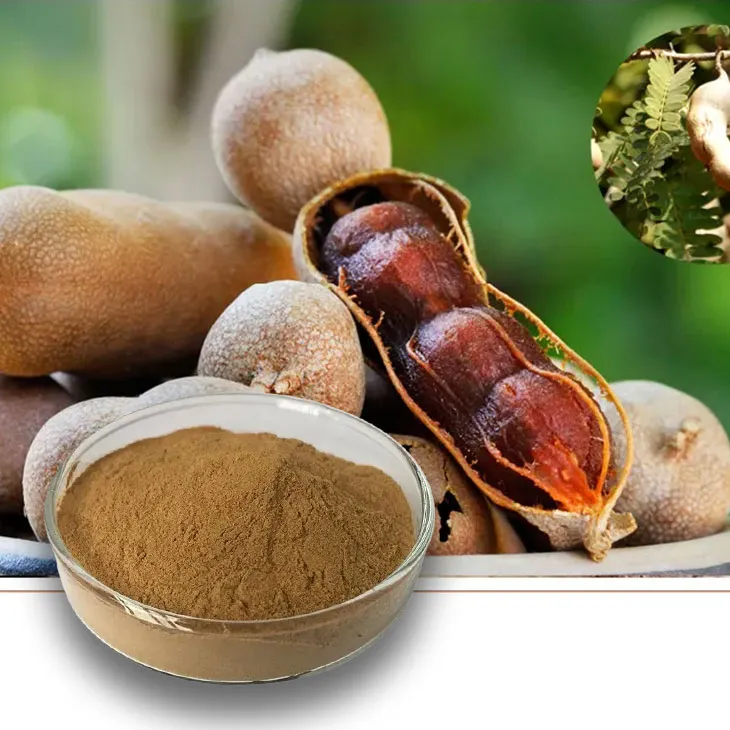
3. Emerging Trends in the Tamarind Extract Powder Industry
3.1 Growing Demand in the Food Industry
Tamarind extract powder is becoming increasingly popular in the food industry. Its unique sour - sweet flavor profile makes it a valuable ingredient in a wide range of food products. For instance, it is used in the production of candies, sauces, and beverages. Tamarind - flavored candies are particularly popular in many Asian and Latin American countries. In the beverage industry, tamarind extract powder can be used to make refreshing drinks, either on its own or in combination with other flavors such as ginger or mint.
Moreover, the food industry is also interested in the functional properties of tamarind extract powder. It contains natural acids and fibers that can act as preservatives and improve the texture of food products. As consumers are becoming more health - conscious, there is a growing demand for natural additives like tamarind extract powder, which can replace artificial preservatives and flavor enhancers.
3.2 Rising Importance in the Pharmaceutical Sector
Tamarind extract powder has also shown potential in the pharmaceutical sector. It has been found to possess certain medicinal properties, such as anti - inflammatory and antioxidant effects. These properties make it a promising candidate for the development of new drugs or dietary supplements. For example, in traditional medicine, tamarind has been used to treat digestive problems. Modern research is now exploring its potential in treating more complex diseases, such as diabetes and cardiovascular diseases.
Furthermore, the antioxidant properties of tamarind extract powder are of particular interest. Antioxidants help to neutralize free radicals in the body, which are associated with aging and various diseases. As the global population ages, the demand for products with antioxidant properties is expected to increase, driving the growth of the tamarind extract powder market in the pharmaceutical sector.
3.3 Expanding Applications in the Cosmetics Field
The cosmetics industry is another area where tamarind extract powder is making inroads. Its natural ingredients, such as vitamins and acids, can have beneficial effects on the skin. For example, it can be used in skin - care products to exfoliate dead skin cells, improve skin texture, and promote skin hydration. Tamarind extract powder is also being explored for its potential in hair - care products, as it may help to strengthen hair follicles and add shine to the hair.
As consumers are increasingly seeking natural and organic cosmetics, tamarind extract powder is well - positioned to meet this demand. It offers a natural alternative to synthetic ingredients, which may have potential side effects. Additionally, the trend towards sustainable and eco - friendly cosmetics also favors the use of tamarind extract powder, as it is derived from a natural plant source.
4. Innovations in the Tamarind Extract Powder Industry
4.1 New Extraction Techniques
Traditional extraction methods for tamarind extract powder often involve mechanical pressing and drying, which may result in lower yields and inconsistent product quality. To address these issues, new extraction techniques are being developed. One such technique is supercritical fluid extraction. This method uses a supercritical fluid, such as carbon dioxide, to extract the active ingredients from tamarind. Supercritical fluid extraction offers several advantages, including higher extraction yields, better preservation of the active ingredients, and a more environmentally - friendly process compared to traditional methods.
Another innovation in extraction is enzymatic extraction. Enzymes are used to break down the cell walls of tamarind, facilitating the release of the desired compounds. Enzymatic extraction can produce a more pure and concentrated tamarind extract powder, with fewer impurities. These new extraction techniques not only improve the quality of the product but also increase the efficiency of production, which is crucial for the growth of the industry.
4.2 Product Diversification
The tamarind extract powder industry is also seeing product diversification. In addition to the traditional tamarind extract powder, companies are now developing specialized products for different applications. For example, there are now tamarind extract powders with enhanced antioxidant properties, which are targeted at the pharmaceutical and cosmetics industries. There are also tamarind - based blends, which combine tamarind extract powder with other natural ingredients to create unique flavor profiles or functional products.
Furthermore, the development of tamarind extract powder in different forms, such as microencapsulated tamarind extract powder, is also on the rise. Microencapsulation can protect the active ingredients of tamarind from degradation, improve its stability, and allow for controlled release in different applications. This enables tamarind extract powder to be used in more complex products, such as time - release dietary supplements or slow - release skincare products.
4.3 Sustainability Initiatives
With the increasing awareness of environmental and social issues, the tamarind extract powder industry is also focusing on sustainability initiatives. Many producers are implementing sustainable farming practices for tamarind cultivation. This includes measures such as reducing the use of pesticides and fertilizers, conserving water, and promoting biodiversity on the farms.
Moreover, companies are also exploring ways to reduce the environmental impact of the production process. For example, some are using renewable energy sources in their manufacturing facilities, and others are working on waste reduction and recycling. These sustainability initiatives not only benefit the environment but also enhance the reputation of the industry, which can attract more consumers and investors.

5. The Future of the Tamarind Extract Powder Industry
The future of the tamarind extract powder industry looks promising, given the emerging trends and innovations. The growing demand in the food, pharmaceutical, and cosmetics industries is expected to drive the growth of the market. With the continuous development of new extraction techniques and product diversification, the industry will be able to offer a wider range of high - quality products to meet different needs.
However, the industry also needs to address some challenges. For example, it needs to further improve quality control and standardization to ensure product consistency. It also needs to invest more in research and development to fully explore the potential of tamarind extract powder in various applications. Additionally, competition from other natural extracts and synthetic alternatives may pose a threat to the industry.
Overall, if the tamarind extract powder industry can capitalize on the emerging trends and continue to innovate, it has the potential to shape the future not only in terms of product development but also in promoting sustainable and healthy lifestyles. By providing natural, functional, and sustainable products, the industry can contribute to the well - being of consumers and the environment alike.
FAQ:
What are the main reasons for the increasing demand for Rosemary extract powder in the food and pharmaceutical sectors?
The main reason is its antioxidant properties. In the food sector, antioxidants help prevent food spoilage by inhibiting the oxidation of fats and oils, thereby extending the shelf life of products. In the pharmaceutical industry, antioxidants can play a role in combating oxidative stress in the body, which is associated with various diseases. Rosemary extract powder, with its antioxidant properties, is thus becoming more and more in demand in these two sectors.
What are the new extraction techniques in the Rosemary extract powder industry?
Some new extraction techniques include supercritical fluid extraction. This method uses a supercritical fluid, such as carbon dioxide, as the solvent. It has advantages like being more environmentally friendly compared to traditional solvents, and it can often extract a higher quality and more pure rosemary extract powder. Another technique could be microwave - assisted extraction, which uses microwave energy to enhance the extraction process, reducing extraction time and potentially increasing the yield.
How is rosemary extract powder applied in the cosmetics field?
In the cosmetics field, rosemary extract powder can be used for various purposes. It can be added to skincare products as an antioxidant ingredient to protect the skin from free - radical damage, which can cause premature aging. It may also have anti - inflammatory properties, which can be beneficial for treating skin conditions like acne or eczema. Additionally, it can be used in haircare products, potentially promoting hair growth and improving the overall health of the hair.
What is the growth potential of the rosemary extract powder industry?
The growth potential is significant. With the increasing consumer awareness of natural and healthy products, the demand for rosemary extract powder in food, pharmaceutical, and cosmetics industries is likely to continue to rise. As research further explores its beneficial properties and new applications are developed, the market for rosemary extract powder is expected to expand. Moreover, as new extraction techniques are refined and become more cost - effective, production can be increased to meet the growing demand, further fueling the industry's growth.
What challenges does the rosemary extract powder industry face?
The industry may face challenges such as ensuring the consistency and quality of the extract. Different extraction methods and raw material sources can lead to variations in the composition and effectiveness of the extract. There may also be regulatory challenges, especially when it comes to its use in the pharmaceutical and food sectors, where strict safety and quality standards need to be met. Additionally, competition from other natural or synthetic antioxidants in the market can pose a threat to the growth of the rosemary extract powder industry.
Related literature
- The Antioxidant Power of Rosemary Extract in Food Preservation"
- "Rosemary Extract: New Applications in Cosmetic Science"
- "Advances in Rosemary Extract Powder Extraction Techniques"
- ▶ Hesperidin
- ▶ Citrus Bioflavonoids
- ▶ Plant Extract
- ▶ lycopene
- ▶ Diosmin
- ▶ Grape seed extract
- ▶ Sea buckthorn Juice Powder
- ▶ Fruit Juice Powder
- ▶ Hops Extract
- ▶ Artichoke Extract
- ▶ Mushroom extract
- ▶ Astaxanthin
- ▶ Green Tea Extract
- ▶ Curcumin
- ▶ Horse Chestnut Extract
- ▶ Other Product
- ▶ Boswellia Serrata Extract
- ▶ Resveratrol
- ▶ Marigold Extract
- ▶ Grape Leaf Extract
- ▶ New Product
- ▶ Aminolevulinic acid
- ▶ Cranberry Extract
- ▶ Red Yeast Rice
- ▶ Red Wine Extract
-
Citrus Aurantii Extract
2024-12-10
-
Stevia Extract
2024-12-10
-
Fenugreek Extract Powder
2024-12-10
-
Garcinia Cambogia Extract
2024-12-10
-
Hawthorn Extract
2024-12-10
-
Mulberry Extract
2024-12-10
-
Saffron Extract Powder
2024-12-10
-
Buckthorn bark extract
2024-12-10
-
Alisma Extract
2024-12-10
-
Chaste Berry Extract
2024-12-10











